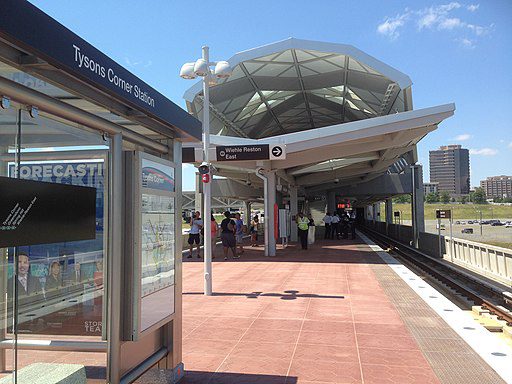We’ve long known that the administration’s collection of foreclosure prevention programs, known together as Making Home Affordable, has been underperforming, with government data indicating that less than $400 million of the now $30 billion in servicer incentives set aside by Treasury has been spent. But recent reports have been even bleaker. As of the end of October 2010, only 34 percent of the more than 1.3 million trial modifications conducted under the plan’s Home Affordable Modification Program (HAMP) have gone permanent, while over 53 percent have been cancelled. Plus, according to ProPublica, 35,815 homeowners have defaulted on the permanent modifications, and 491 more have paid off the loan after getting a modification. As the program’s efficacy wanes, modifications through banks’ proprietary programs are now outpacing government ones by four to one. That’s quite a rate considering those mods are conducted with no public oversight or accountability, and especially because their success rate is still 40 percent of HAMP’s already meager one, according to ProPublica, citing data from the Treasury Department.
HAMP needs an assist. But what’s it going to be? Will the administration continue to work inside the lender box? Or will it begin to think more broadly, as Sara Weed and Diane Standaert suggest in their article in our last issue (“HAMP Is Not Enough,”) by having Treasury allow legal services and housing counseling professionals to participate in TARP-funded programs? Or is it simply time to stop “incentivizing” the banks and require that they start doing meaningful modifications with principle reduction? Either way, something’s got to give.




Comments